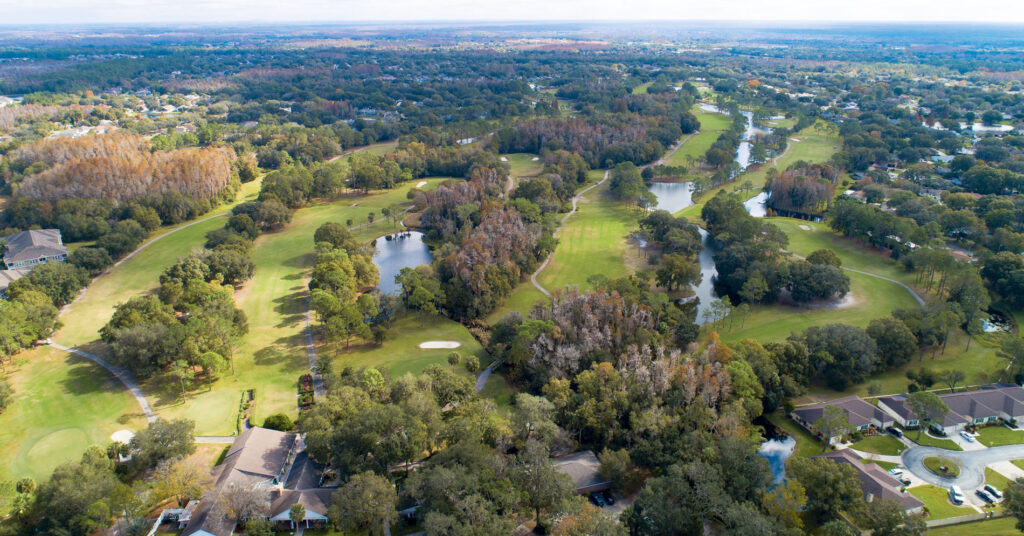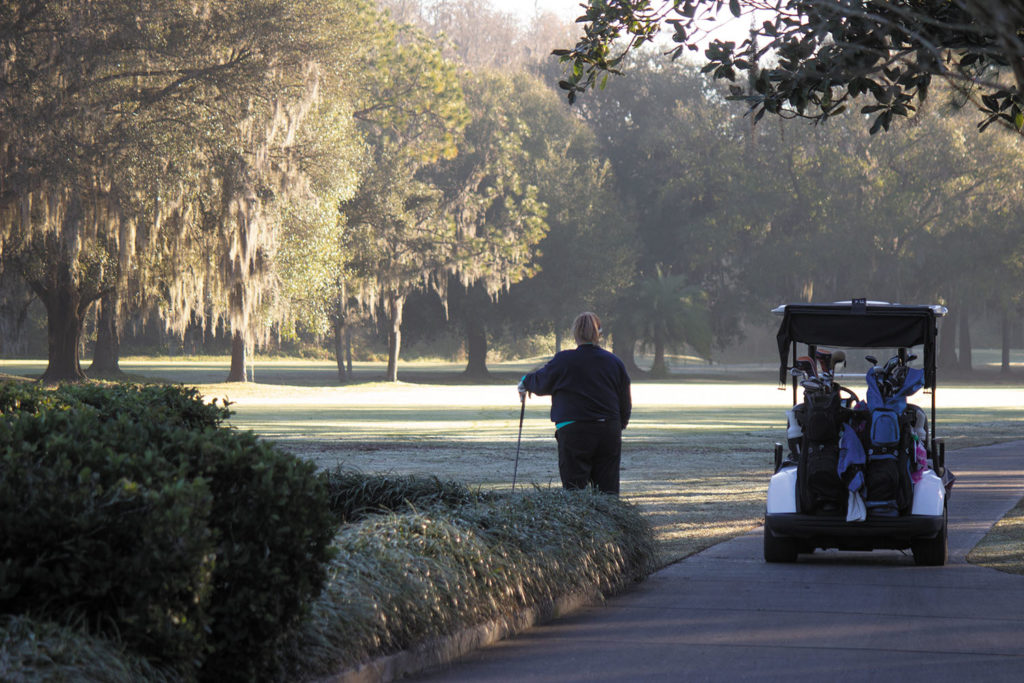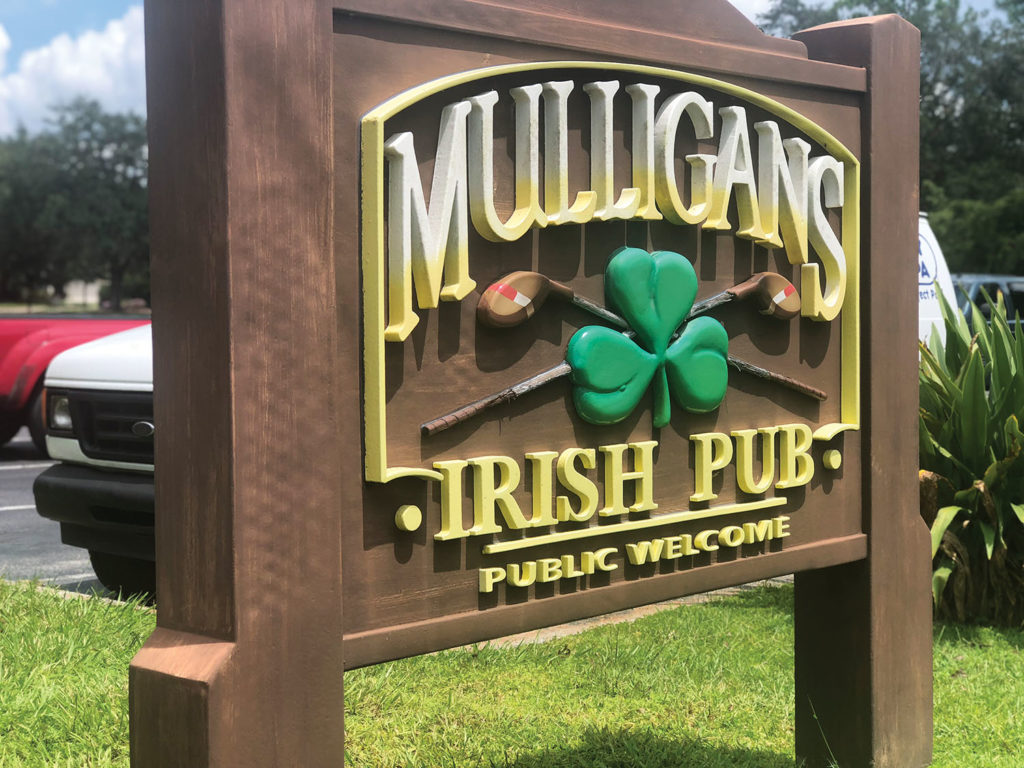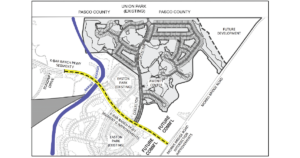
The plan to have the Pebble Creek Golf Club (PCGC) designated as a “brownfield” site has failed, saving the property value of many of the homes that surround the golf course.
Bill Place, whose Ace Golf Inc. owns the PCGC and has been trying to sell it for years now, said he will still go ahead with plans to decontaminate and sell the golf course to developers.
Place had been seeking the brownfield site designation for the golf course, which carries with it a state tax credit equal to roughly 75% of the cleanup costs.
A brownfield site is a property that is contaminated, thus hindering efforts to expand or redevelop it. In 1995, the U.S. Environmental Protection Agency created a tax-credit program to help clean such properties up, so it could be reinvested in, helping the local economy as well as the local environment. The EPA estimates there are more than 450,000 brownfield sites in the U.S.
However, the word “brownfield” carries with it a negative connotation, especially in regards to a “green” golf course, causing Pebble Creek residents to rally together to fight against the course receiving the designation. There were petitions signed, a meeting on Nov. 30, and there were public hearings on Dec. 9 Dec. 16, prior to the vote.
The message from the residents was clear — the brownfield site designation wasn’t deserved, carried with it a stigma and that they wanted the golf course to remain a golf course.
While at least one Pebble Creek resident registered support to doing what was necessary to get the course cleaned up — “the cat is out of the bag,” said Pamela Jo Hatley — the overwhelming majority were opposed to using the brownfield site designation to do so.

Michael Jacobson, the president of the Pebble Creek Homeowners Association, said that the contamination was mostly concentrated around the tee boxes and greens, and that the brownfield designation would suggest that the entire 150 acres was contaminated, having as much as a $62-million impact on property values in Pebble Creek.
Jacobson was one of 14 speakers registered on Dec. 16 to voice their disapproval of the designation.
Following 30 minutes of public comments, the county commissioners voted unanimously against the 150-acre property being declared a brownfield.
“I’ve represented North Hillsborough for a long time and, candidly, I do not believe I’ve ever seen a neighborhood more engaged and unified in opposition to an issue,” said County Commissioner Ken Hagan, who District 2 includes Pebble Creek. “This is evidenced by the over 300 emails, 150 letters and 450 residents who signed an online petition and — with the exception of (one) — 100 percent being in opposition to the brownfield designation request for the Pebble Creek Golf Course. I want to deny that request today.”
While admitting that the future of the PCGC was “uncertain,” Hagan cited a number of concerns. First, the loss of 30 jobs that would result if the designation was granted and not meeting the economic productivity threshold that is required.
Also, the county has never before designated an active golf course as a brownfield site, and that all recent brownfield approvals have been zoned for their intended uses in advance of the brownfield request, which did not happen in this case. “Not only is this request putting the cart in front of the horse,” Hagan said, “but it would potentially be precedent setting.”

Place was disappointed in the decision, but said that he understood. He had even offered to pull his request for the designation, but it was too late.
“I didn’t expect the pushback when I started this,” Place said afterwards. “I realized as we got into it that it is a poorly named program. It conjures up images of the superfund industrial sites (which are designated as polluted locations that require a long-term response to clean up hazardous material contaminations). The reality is, brownfield is used across the country in a number of locations, including golf courses. But, I get it. I understand. If I lived there, and someone told me it was gonna be a brownfield, I’d be concerned, too.”
So what now? Place says he will pay for the testing, which will take place over the next few months.
DR Horton, one of the original interested buyers of the PCGC, had done preliminary testing two years ago and discovered contaminants on the golf course before withdrawing its interest. South Florida developer 13th Floor, however, remains interested.
Place said that after DR Horton did its “very preliminary” testing of the golf course, he paid $50,000 to a company that did more extensive testing. High levels of arsenic and dieldrin were discovered, from insecticide applications before he owned the property, Place says. He added that those chemicals were banned prior to 2000, and he bought the course in 2005.
“The company told me this is not unlike what they have seen on golf courses this age,” Place says. “It’s not as excessive as some they have seen, but yes, it’s contaminated beyond state levels and we’ll have to clean it up before anything else can be done with the property.”
Place estimates the potential cleanup could cost $1 million, though 13th Floor has told him it could cost as much as $2 million. Without the tax credit from the brownfield designation, which would have covered three-fourths of that cost, Place will have to foot the bill.
Place said while the remediation of the contamination begins, 13th Floor will concurrently start a rezoning effort. While it is likely to meet some resistance, 13th Floor has already held a number of meetings with the HOA as well as residents.
While the property could accommodate as many as 600 homes on it, 13th Floor has already agreed to build fewer than 300. Place says that number is now projected to be between 220-250.
Place also said 13th Floor has agreed to other concessions requested by residents as well.“I certainly expect there will be people opposed to this being anything but a golf course,” Place says. “But there’s also people that realize that if it’s a certainty that the golf course is going away, why don’t we try and get as much as we possibly can from the developers to make this as good a situation as we possibly can?”
There are only 20 golf club members among the residents in the 1,400 or so homes in Pebble Creek. Place says he spends $500,000 every year on labor and fertilizers. The 53-year-old course, which opened in 1967, still has its original irrigation system.
“We’ve just been band-aiding it and band-aiding it,” Place,says. “It would cost a half-a-million dollars to put a new one in. The golf course is not viable going forward. It’s just not paying the bills. We don’t see another away. You can only operate a losing operation for so long before you’re like, ‘Okay, why am I doing this?’”




No comment yet, add your voice below!